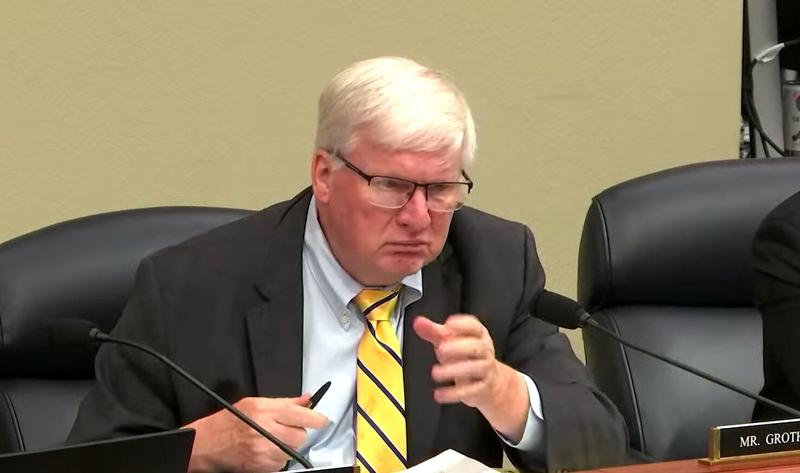With the federal government spending more $67 billion taxpayer dollars on housing assistance in 2023, the House Oversight and Government Reform Committee met with welfare policy experts Wednesday to discuss how Congress can improve public housing programs.
The federal government annually spends $30 billion on tenant-based rental assistance, $15 billion on project-based rental assistance, and $8 billion on public housing. Yet a report from the National Low Income Housing Coalition showed that for every extremely low-income renter household, only 35 affordable homes were available.
Committee Chairman Glenn Grothman, R-Wis., said the existing system is “fostering a cycle of dependency on government assistance” that “benefits the middleman and the administrative state more than the low-income Americans it purports to be for.”
“Meanwhile, taxpayers are on the hook for more and more spending on these programs every year,” Grothman added. “We’re overspending on this at a time when we’re broke out of our mind.”
Some of the major problems with federal rental assistance and public housing are due to the programs disincentivizing self-sufficiency, as well as the federal government micromanaging and delaying affordable housing construction, according to witnesses at the hearing.
Former U.S. Department of Housing and Urban Development Secretary Ben Carson referenced the “marriage penalty” embedded in assistance programs, where if two low-income adults living separately get married, their combined income can make them lose eligibility or face substantial rent increases.
“This financial reality causes many individuals to delay or entirely forgo marriage, undermining traditional family structures, particularly among lower-income Americans,” Carson said. “Instead of functioning as a temporary safety net, government assistance has increasingly replaced the family as the primary provider for many Americans.”
Besides reforming voucher programs to encourage upward mobility, Carson also supports the Low Income Housing Tax Credit, (LIHTC), which awards tax credits to private contractors if they construct affordable housing units.
“History has shown that government-run housing often leads to inefficiency, neglect, and the erosion of individual dignity,” Carson said. “Government can facilitate opportunity, but it should not replace private initiative.”
But Chris Edwards from the Cato Institute argued that LIHTC, rather than a simple tax cut, is still so entangled with burdensome federal requirements that it makes for a “complex and inefficient solution to housing affordability.”
“The program displaces market-based housing and part of the benefits go to developers, not tenants,” Edwards said. “LIHTC apartment buildings cost substantially more than market-based projects because the financing is complex and the construction is micromanaged by state-imposed blueprints.”
Besides the lack of effective policing of contractor costs – which has led to some developers inflating construction costs to claim a higher tax credit – government-subsidized housing often displaces private development that would have otherwise occurred, rather than adding to housing stock, Edwards said.
Instead of expanding LIHTC or other assistance programs, Edwards suggested that states should liberalize zoning and building regulations; cities should cut high property taxes; and the federal government should transfer land holdings to states, who could sell parcels for housing development.
One witness disagreed with the rest, arguing that Congress should expand welfare programs to improve efficacy, rather than slash funding.
Indivar Dutta-Gupta, advisor at Community Change, said tax increases on wealthy Americans could finance the expansion, which would “provide stunning long-term benefits.”
“These programs should be understood as investments, especially in children and families, rather than solely as spending,” Dutta-Gupta told lawmakers.
But Carson countered that simply pouring more money into welfare programs would perpetuate existing problems.
“Real success is the number of people we can get off of a system, not how many we can put on it,” Carson said. “If we continue down the pathway we’re going with waste, fraud, and abuse, our whole country will go bankrupt and everybody will be in terrible shape.”






